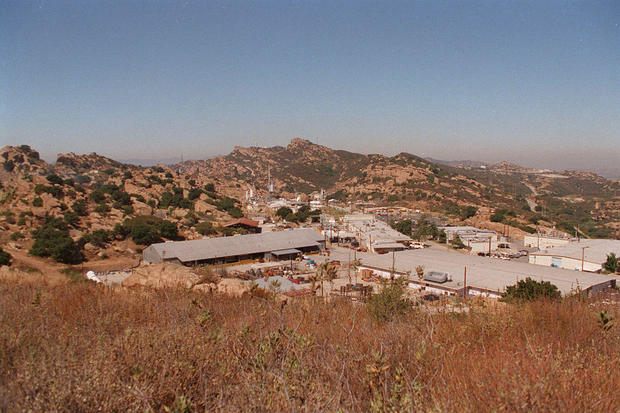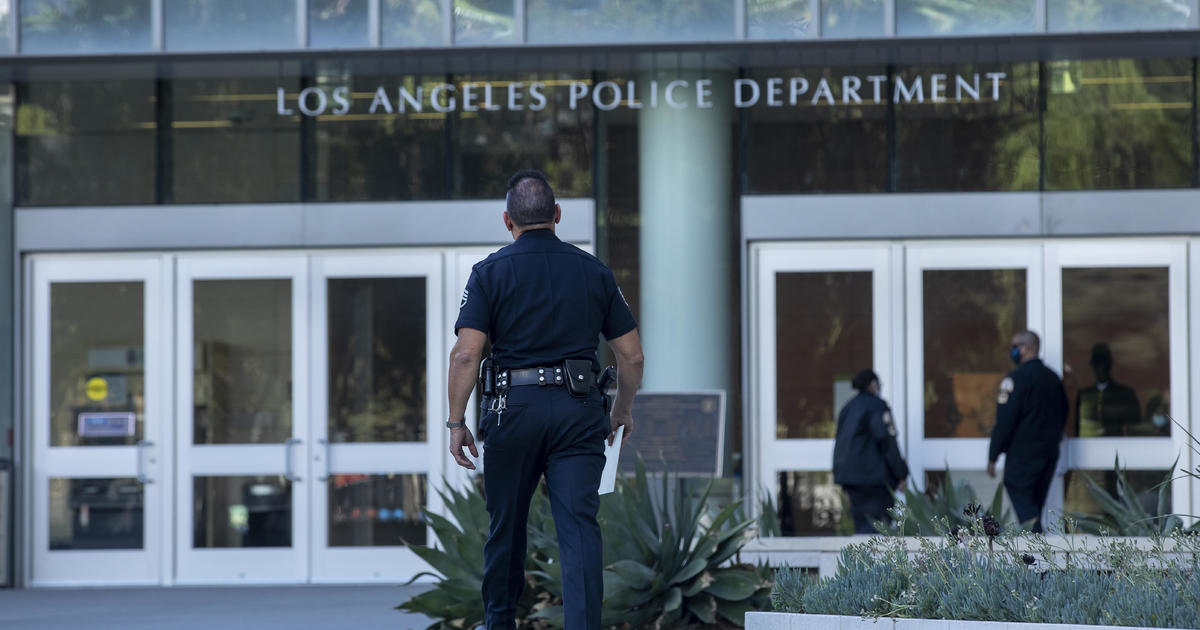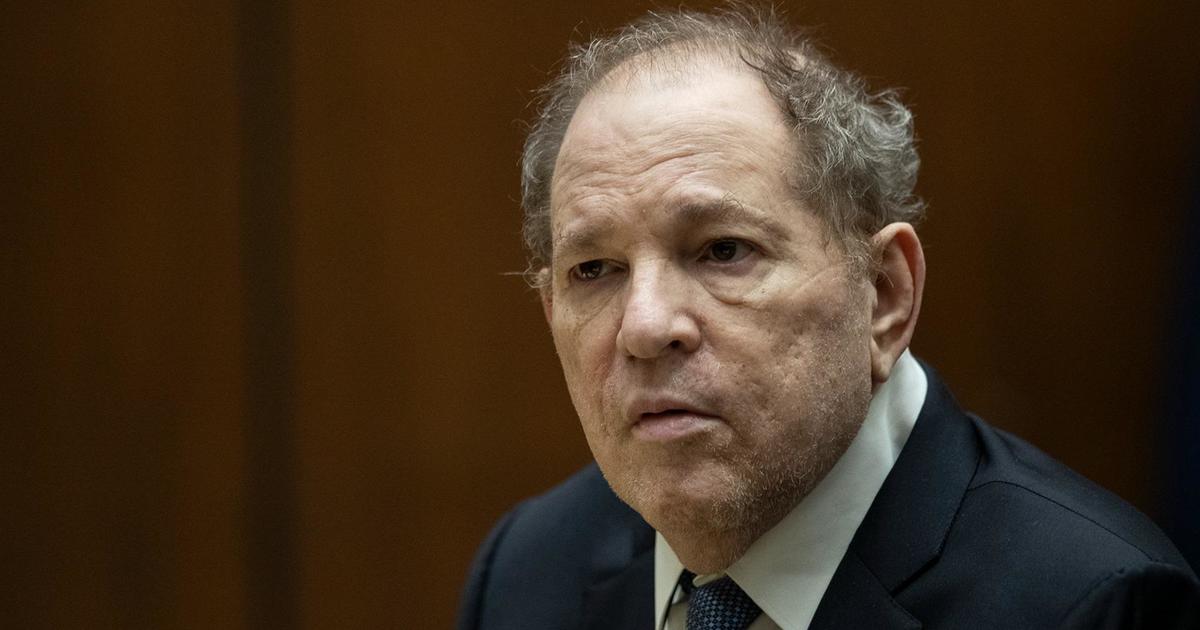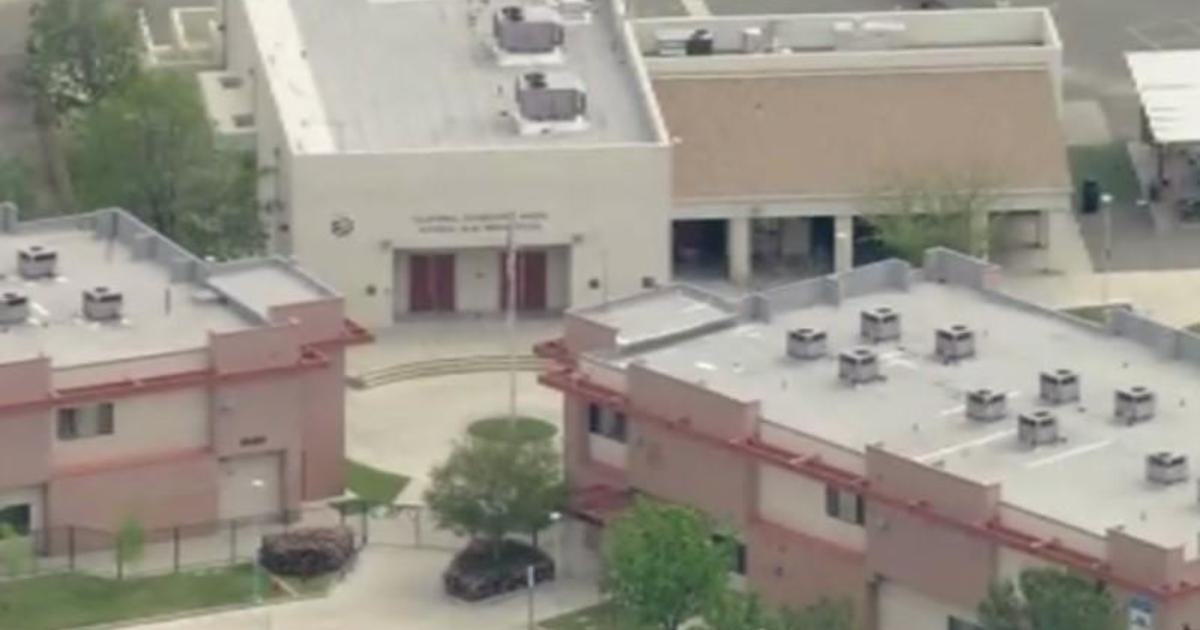Boeing agrees to new framework to clean up Santa Susana Field Laboratory contamination
Boeing has agreed to strict new protocols to clean up the contamination of the former Santa Susana Field Laboratory in the hills of Simi Valley, where rocket engines, small-scale nuclear reactors, and chemical lasers were once researched and tested.
The framework was announced last week and involves Cal EPA's Department of Toxic Substances Control and the Los Angeles Regional Water Quality Control Board. It ensures Boeing will clean up radionuclides in soil to levels that would have existed without industrial activity, cleanup of chemical contamination to restore areas to the standard of "resident with a garden," and so that stormwater runoff from those former testing areas will not be polluted.
"No community should have to worry that their soil and water are contaminated with toxic chemicals and radioactive waste," Jared Blumenfeld, California's Secretary for Environmental Protection, said in a statement. "Boeing, as well as NASA and the U.S. Department of Energy, are now under binding agreements that compel a science-based, stringent cleanup of the soil and water at Santa Susana.
The framework ends 15 months of legal mediation to avoid more litigation under an earlier consent order. The mediation resolved disputes over Boeing's obligations to clean up the soil and groundwater, and limited more delays and costs that could result from further legal action.
"Santa Susana Field Lab is one of our nation's most high-profile and contentious toxic cleanup sites. For decades, there have been too many disputes and not enough cleanup," Gov. Gavin Newsom said in a statement.
Boeing acquired its portion of the Simi Hills site in 1996 from Rocketdyne, and all industrial activity at the site ended in 2006, but radionuclides and other contamination remained in the soil. The lab was also the site of a partial nuclear meltdown more than 50 years ago that is blamed for an unusually high number of cases of rare childhood cancers in the Simi Valley area.
The settlement agreement with the Department of Toxic Substances Control also establishes penalties of up to $70,000 a day for violations and sets up a dispute resolution process. Under the framework, future disputes will be resolved quickly and allow cleanup work unrelated to the dispute to proceed.
"There is still much work to be done, but we are much closer now than ever before to realizing the long-held desire of nearby communities for the cleanup of this site," Renee Purdy, executive officer of the Los Angeles Regional Water Quality Control Board, said in a statement.




